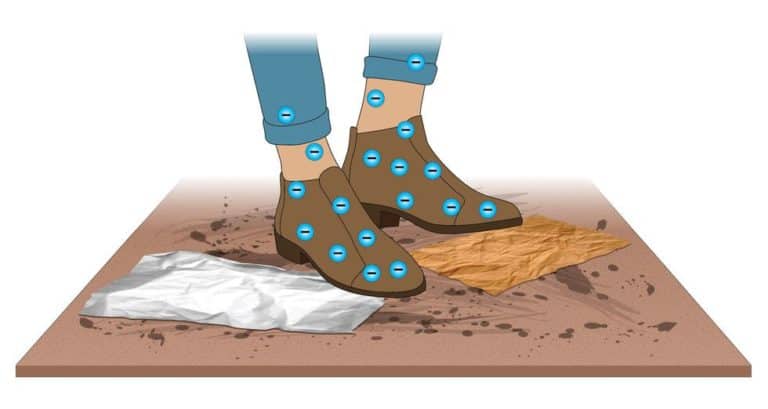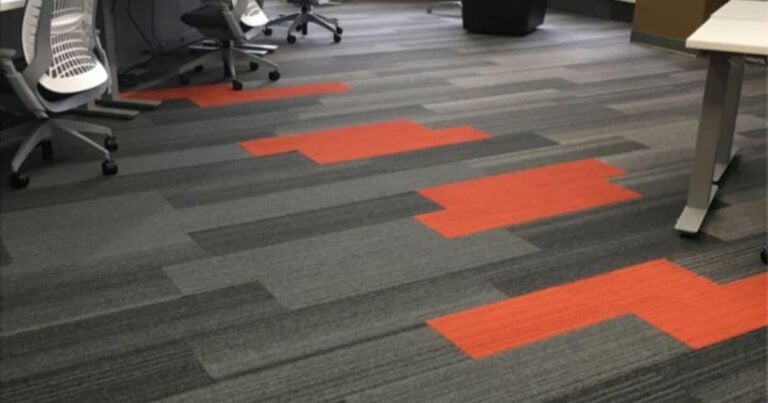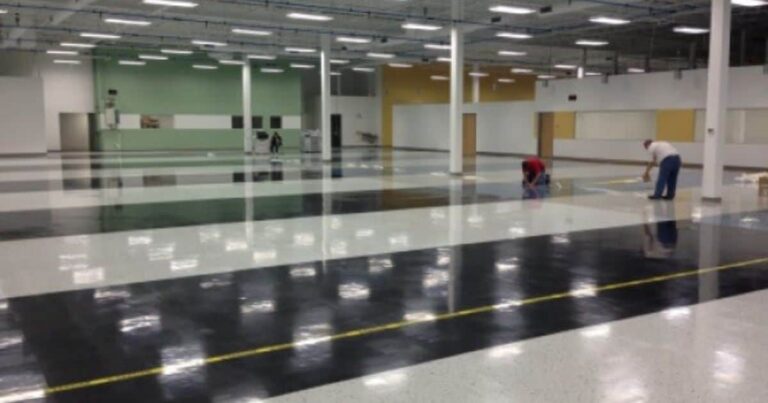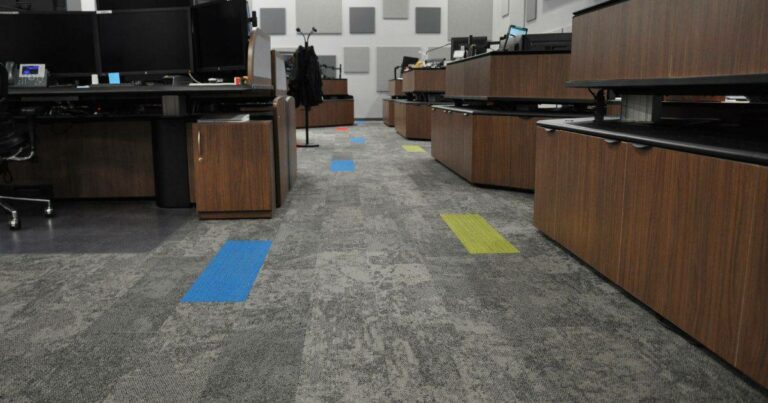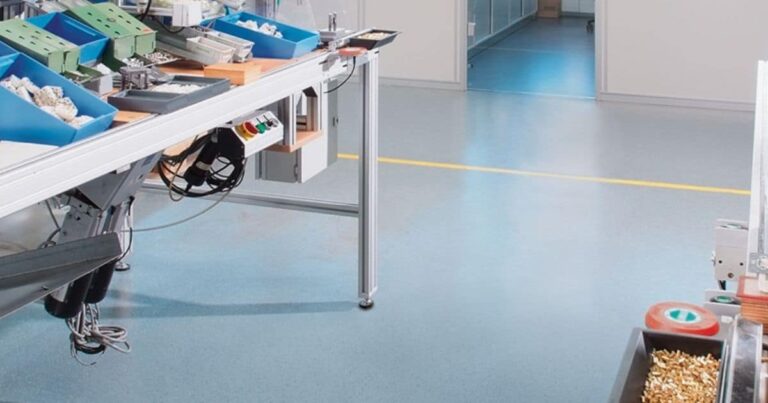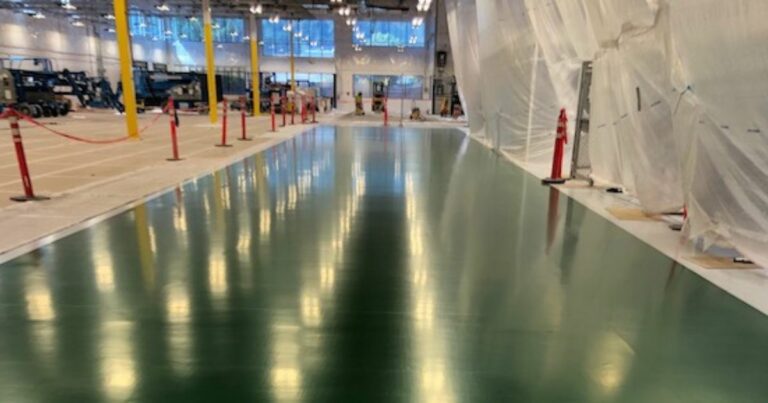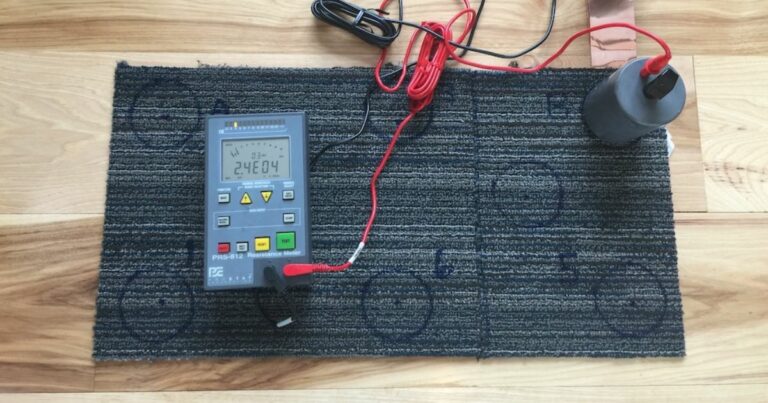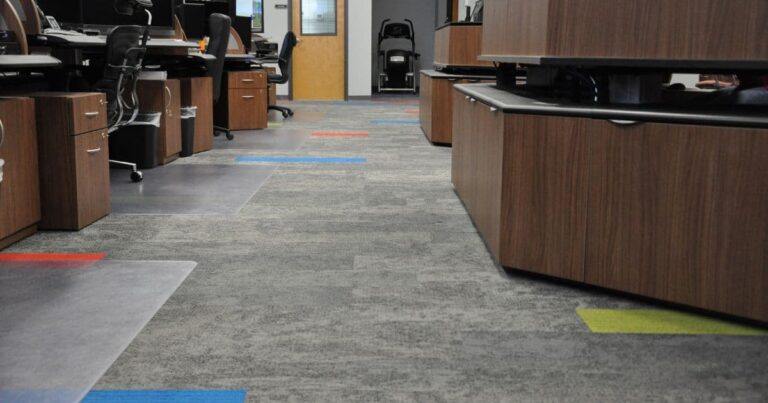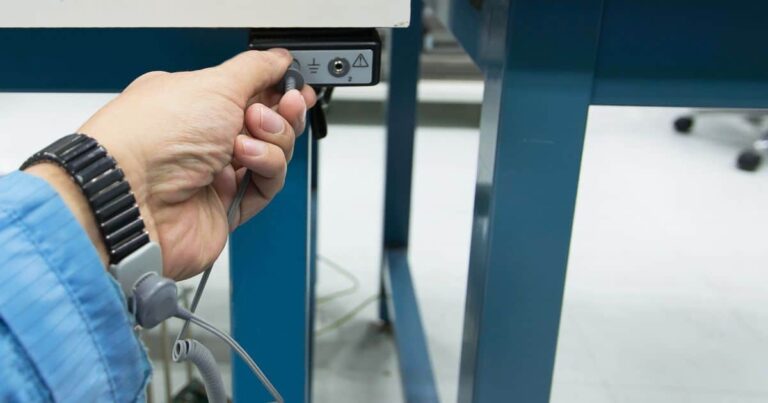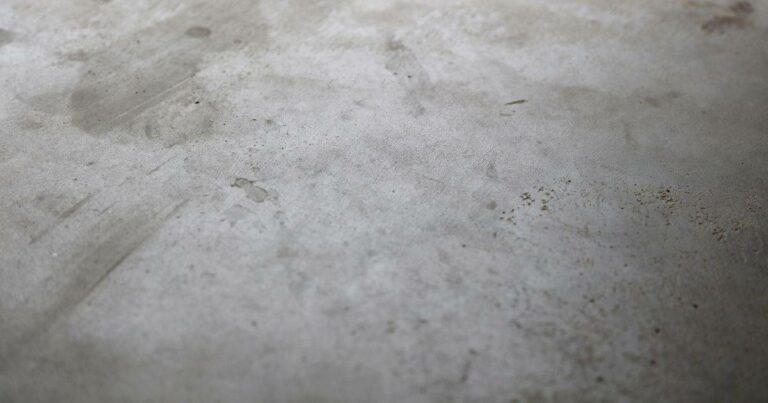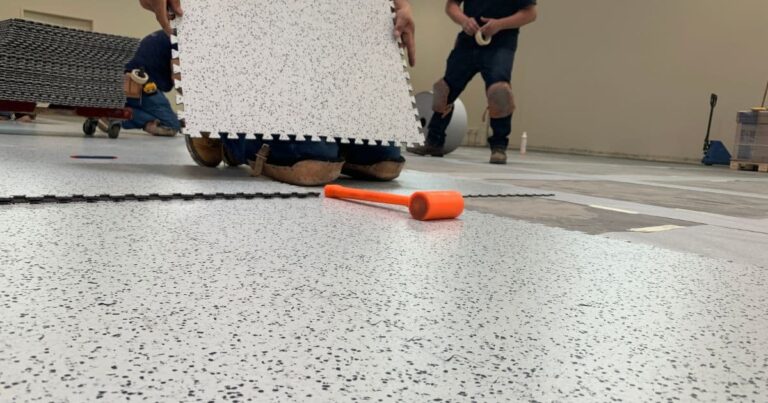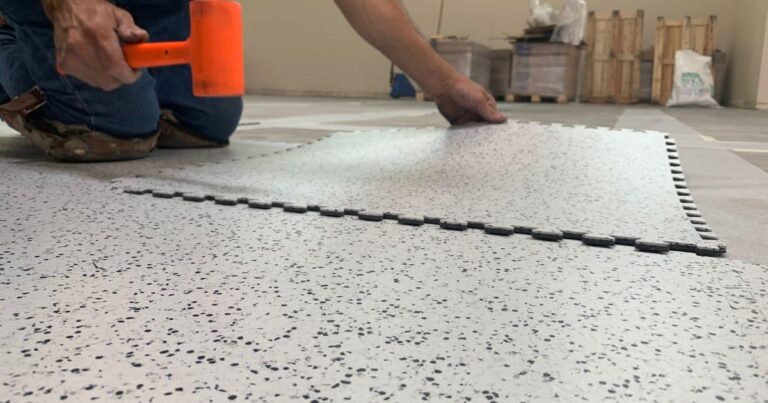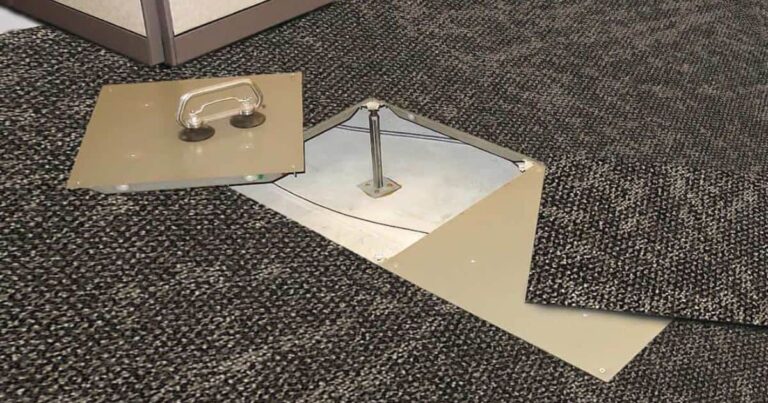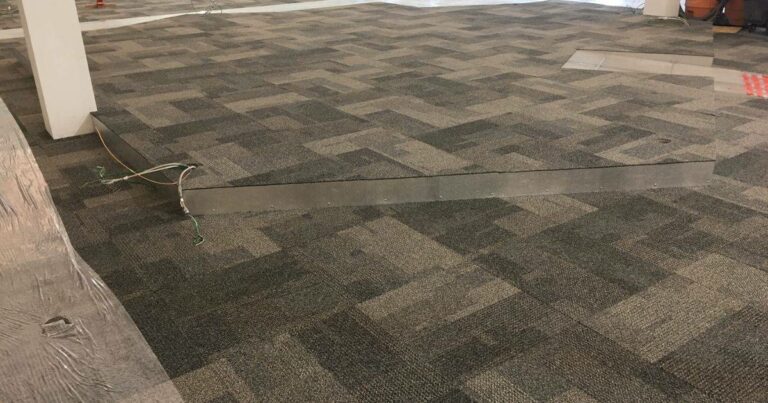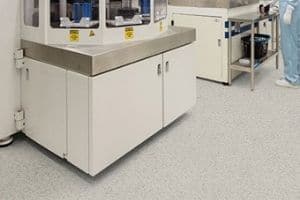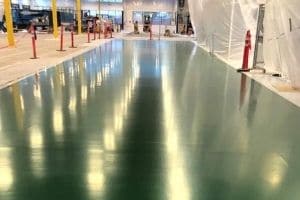FAQ: What is meant by ESD?
When two objects contact and separate, friction causes a charge to build on their body. When a charged person or object touches someone or something, static on their body leaps to the other person/object. This transfer of electricity is called an electrostatic discharge or ESD.
Everyday examples of ESD include: rubbing a balloon over your head; combing your hair; petting your cat; and walking across a floor. The zap you feel is an electrostatic discharge. Minute ESD events, too small for humans to perceive, can damage electronic components.
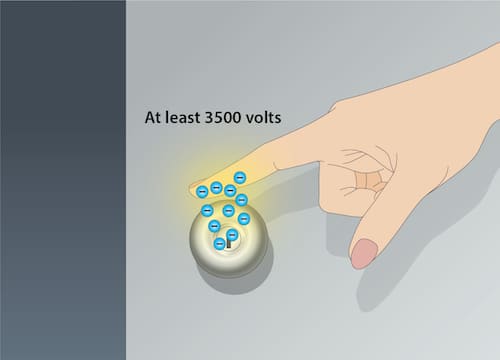

More FAQs
Learning Center Articles
- ESD Basics
- Installation & Maintenance
- Selecting & Specifying an ESD Floor
- Technical Information
- 7 Common Mistakes Selecting an ESD floor
- A Guide to ESD Flooring Selection
- Avoid Costly Failures: What You Need to Know When Specifying ESD Flooring
- Choosing ESD Flooring for:
- ESD Footwear: What Is It and When Is It Necessary?
- ESD Footwear for Electronics Manufacturing and Handling Applications
- Facility Managers’ Guide to Selecting ESD Flooring
- The Need for Due Diligence in Specifying Static-Free Flooring
- Standard of Care for Specifying Floors in Mission-Critical Spaces
- Understanding the Hidden Costs of ESD Flooring

StaticWorx high-performance static-control floors protect electronic components, explosives, and high-speed computers from damage caused by static electricity. ESD flooring is part of a system. Choices should always be based on objective, researched evidence. When you partner with us, we look at all possible items that may need to integrate with the floor, and, focusing on your goals and objectives, help you find the right floor for your application.







